Scientists from the ARC Centre of Excellence for Gravitational Wave Discovery (OzGrav) have described a way to determine the birth population of double neutron stars — some of the densest objects in the Universe formed in collapsing massive stars. The recently published study observed different life stages of these neutron star systems.
Scientists can observe the merging of double neutron star systems using gravitational waves — ripples in the fabric of space and time. By studying neutron star populations, scientists can learn more about how they formed and evolved. So far, there have been only two double neutron star systems detected by gravitational-wave detectors; however, many of them have been observed in radio astronomy.
One of the double neutron stars observed in gravitational wave signals, called GW190425, is far more massive than the ones in typical Galactic populations observed in radio astronomy, with a combined mass of 3.4 times that of our Sun. This raises the question: why is there a lack of these massive double neutron stars in radio astronomy? To find an answer, OzGrav PhD student Shanika Galaudage, from Monash University, investigated how to combine radio and gravitational-wave observations.
The birth, mid-life and death of double neutron stars
Radio and gravitational-wave astronomy enables scientists to study double neutron stars at different stages of their evolution. Radio observations probe the lives of double neutron stars, while gravitational waves study their final moments of life. To achieve a better understanding of these systems, from formation to merger, scientists need to study the connection between radio and gravitational wave populations: their birth populations.
Shanika and her team determined the birth mass distribution of double neutron stars using radio and gravitational-wave observations. “Both populations evolve from the birth populations of these systems, so if we look back in time when considering the radio and gravitational-wave populations we see today, we should be able to extract the birth distribution,” says Shanika Galaudage.
The key is to understand the delay-time distribution of double neutron stars: the time between the formation and merger of these systems. The researchers hypothesised that heavier double neutron star systems may be fast-merging systems, meaning that they’re merging too fast to be visible in radio observations and could only be seen in gravitational-waves.
GW190425 and the fast-merging channel
The study found mild support for a fast-merging channel, indicating that heavy double neutron star systems may not need a fast-merging scenario to explain the lack of observations in radio populations. “We find that GW190425 is not an outlier when compared to the broader population of double neutron stars,” says study co-author Christian Adamcewicz, from Monash University. “So, these systems may be rare, but they‘re not necessarily indicative of a separate fast-merging population.”
In future gravitational wave detections, researchers can expect to observe more double neutron star mergers. “If future detections reveal a stronger discrepancy between the radio and gravitational-wave populations, our model provides a natural explanation for why such massive double neutron stars are not common in radio populations,” adds co-author Dr Simon Stevenson, an OzGrav postdoctoral researcher at Swinburne University of Technology.
Reference: “Heavy Double Neutron Stars: Birth, Midlife, and Death” by Shanika Galaudage, Christian Adamcewicz, Xing-Jiang Zhu, Simon Stevenson and Eric Thrane, 11 March 2021, The Astrophysical Journal Letters.
DOI: 10.3847/2041-8213/abe7f6

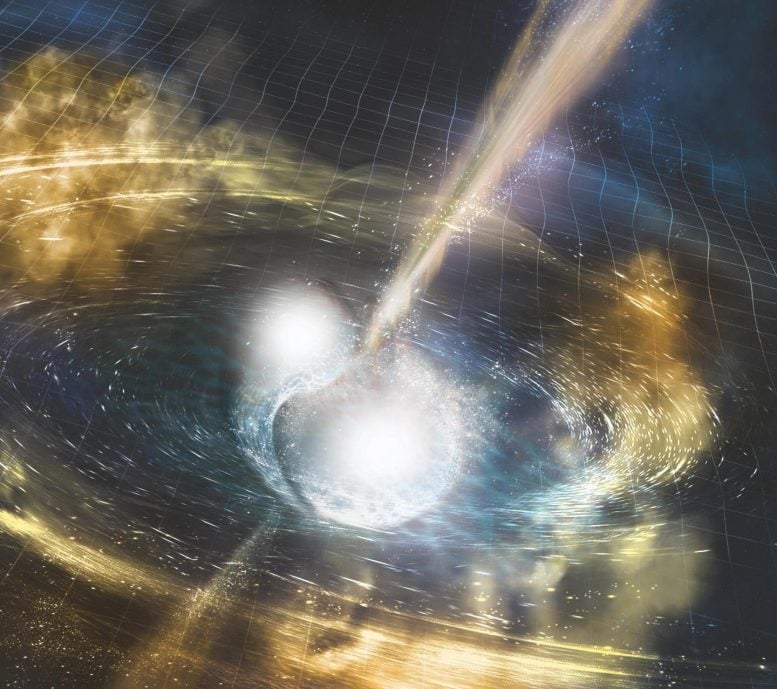


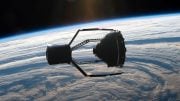


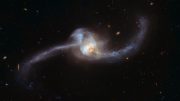
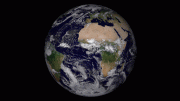
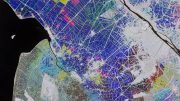
Be the first to comment on "Deciphering the Lives of Double Neutron Stars Using the Ripples in the Fabric of Space and Time"